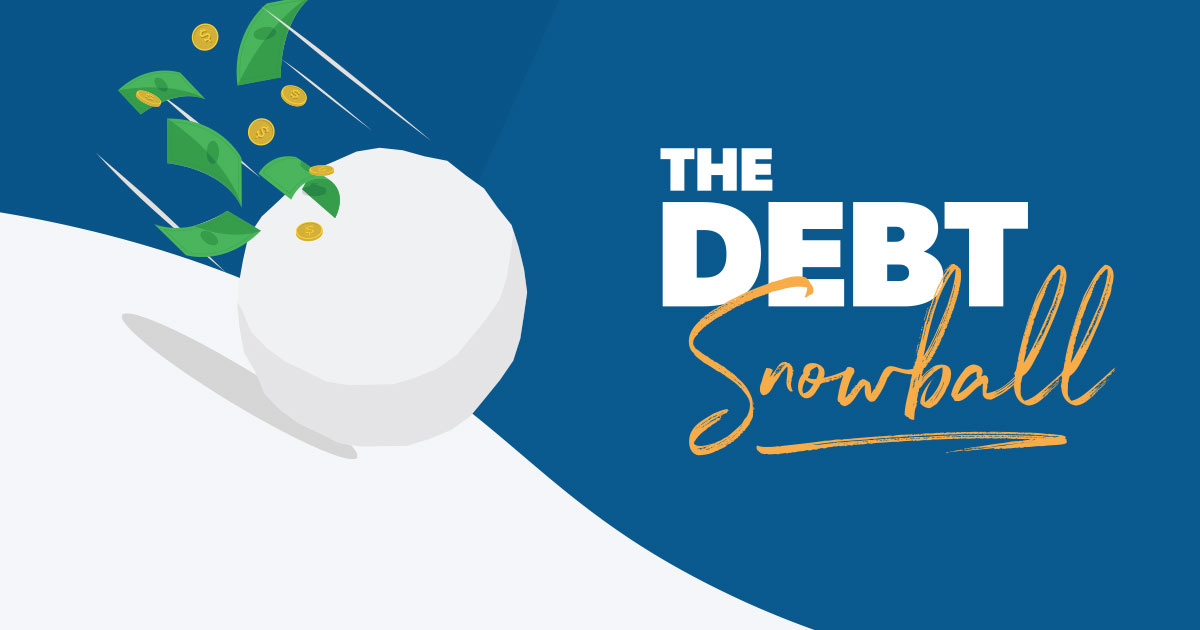
Step-by-Step Guide to Get Out of Debt
Debt can feel like a heavy weight on your shoulders. If you’re looking to break free from this burden, you’re not alone. Whether you’re dealing with credit card debt, student loans, or personal loans, the journey to financial freedom is possible with the right strategy and consistent effort. Let’s dive into a step-by-step guide to help you get out of debt.
Understanding Your Debt
Before you can embark on a journey to get out of debt, you need to understand what kind of debt you have. Start by listing all your debts, including the creditor, total amount of the debt, monthly payment, and interest rate. You can find this information on your monthly statements. Knowing your interest rates will help you determine which debts you might want to pay off first.
Creating a Budget
The cornerstone of any good debt reduction plan is a realistic budget. By monitoring your income and expenditures, you can identify unnecessary expenses to cut. Create a budget that covers your essential costs but also allocates extra money to pay down your debts. Free budgeting tools and apps can help streamline this process.
Setting Financial Goals
Setting clear, achievable goals is vital for motivation and progress. These could range from small wins, such as paying off a low balance on a credit card, to long-term goals like becoming debt-free in five years. Write your goals down and refer to them regularly to keep focused and on track.
Prioritizing Your Debts
One common approach to paying off debt is the avalanche method, where you focus on paying the debt with the highest interest rate first while maintaining minimum payments on your other debts. Alternatively, the snowball method focuses on paying off the smallest debts first to build momentum. Choose a method that makes the most sense for your situation and will help you stay motivated.
Negotiating with Creditors
Many people don’t realize that you can often negotiate your debt. You can call your creditors directly and negotiate terms such as lower interest rates or reduced settlements. If this sounds intimidating, there are non-profit credit counseling agencies that can help negotiate on your behalf.
Balance Transfer Credit Cards
If you have high-interest credit card debt, taking advantage of balance transfer offers may be a good option. These cards often have a low or 0% introductory interest rate for a set period. Just be aware of balance transfer fees and make sure you can pay off the debt before the promotional period ends to avoid higher interest rates.
Using Windfalls Wisely
Whenever you receive unexpected funds, such as a tax refund or a bonus at work, consider using this money to pay down your debts. While it might be tempting to spend this money elsewhere, applying it to your debt can significantly shorten your payoff timeline.
Increasing Your Income
You may find that cutting expenses isn’t enough to make a meaningful dent in your debt. If that’s the case, consider ways to increase your income, such as getting a part-time job, selling unwanted items, or turning a hobby into a source of income. Every extra dollar can move you closer to your goal of being debt-free.
Avoiding New Debt
While you’re working on paying down existing debts, it’s crucial to avoid taking on new ones. Hide your credit cards, delete saved payment information from online stores, and challenge yourself to live within your means. Sticking to your budget can help you resist the temptation of new credit offers or impulse purchases.
Building an Emergency Fund
Unexpected expenses can throw a wrench in your repayment plan, leading you to take on more debt. Start by building a small emergency fund, even if it’s only a few hundred dollars. Eventually, aim to save three to six months’ worth of living expenses. This will help ensure that you don’t have to use credit to pay for any unforeseen expenses.
Keeping Track of Your Progress
Regularly check in on your budget and debt balances. Seeing the amounts you owe decrease over time is not only satisfying but will also provide further motivation to continue. Tools like debt repayment calculators can help you visualize your progress and make any necessary adjustments to your plan.
Staying Motivated
Getting out of debt is a marathon, not a sprint. It will require patience, discipline, and perseverance. Celebrate the small victories along the way, stay focused on your goals, and don’t be too hard on yourself if you face a setback. Just regroup and keep moving forward.
Seeking Professional Help
If you find that despite your efforts, you’re not making the progress you’d like, it may be time to seek professional help. This could mean working with a financial advisor, a credit counselor, or possibly looking into debt consolidation or bankruptcy as a last resort. Ensure you’re working with a reputable organization to avoid scams that prey on people struggling with debt.
Remember, no two debt situations are identical, and what works for someone else might not be the best choice for you. Consider your personal circumstances, the types of debt you have, and your financial goals when devising your plan.
Final Thoughts

Getting out of debt requires a solid plan and a commitment to see it through. Use these steps as a framework to create a personalized debt repayment strategy. Stick to your plan, adjust when necessary, and keep your eyes on the prize – a life unencumbered by debt. With the right approach and mindset, you can turn the daunting task of debt repayment into a journey of financial empowerment.
Remember, the path to debt freedom is within reach – it starts with the decision to take that first step and the resilience to keep going, one dollar at a time.